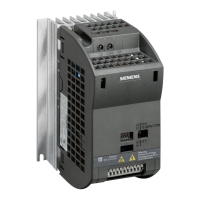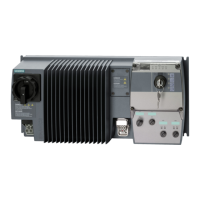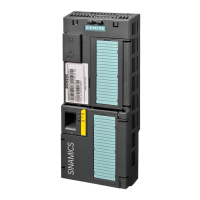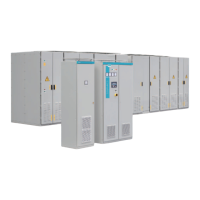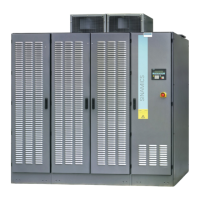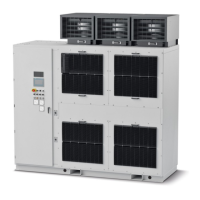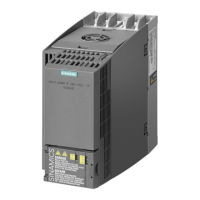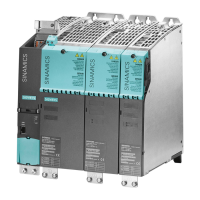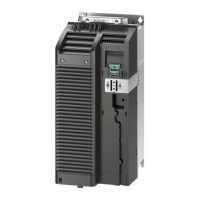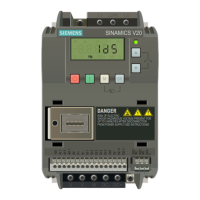When compared to U/f control, vector control oers the following advantages:
• The speed is more stable for motor load changes.
• Shorter accelerating times when the setpoint changes.
• Acceleration and braking are possible with an adjustable maximum torque.
• Improved protection of the motor and the driven machine as a result of the adjustable torque
limiting.
• Torque control is only possible with vector control.
Examples of typical applications in which speed control is used:
• Hoisting gear and vertical conveyors
• Winders
• Extruders
It is not permissible to use speed control in the following cases:
• If the motor is too small in comparison to the converter (the rated motor power must not be
less than one quarter of the rated converter power).
• When you operate several motors on one converter.
• When the maximum motor (4-pole) speed exceeds the following values:
Converter pulse frequency
4 kHz 4 kHz and higher
Maximum motor speed 4980 rpm 7200 rpm
6.3.4 Calculating maximum speed for permanent magnet synchronous motors
CAUTION
Damage to the converter due to generator-driven motor
If the load machine drives the permanent magnet synchronous motor unintentionally, the
permanent magnet synchronous motor charges the DC link of the converter. An impermissibly
high DC link voltage can destroy the DC link capacitors of the converter.
• Ensure that the motor speed always remains below the calculated maximum speed even
when the converter is disconnected from the power supply, e.g. via the brake on the load
machine.
Calculate the maximum speed:
Commissioning
6.3Preparing for commissioning
SINAMICS G115D Wall Mounted distributed drive
112 Operating Instructions, 07/2023, FW V4.7 SP14, A5E52808211A AA
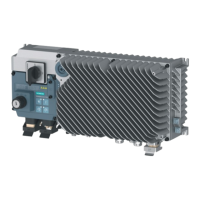
